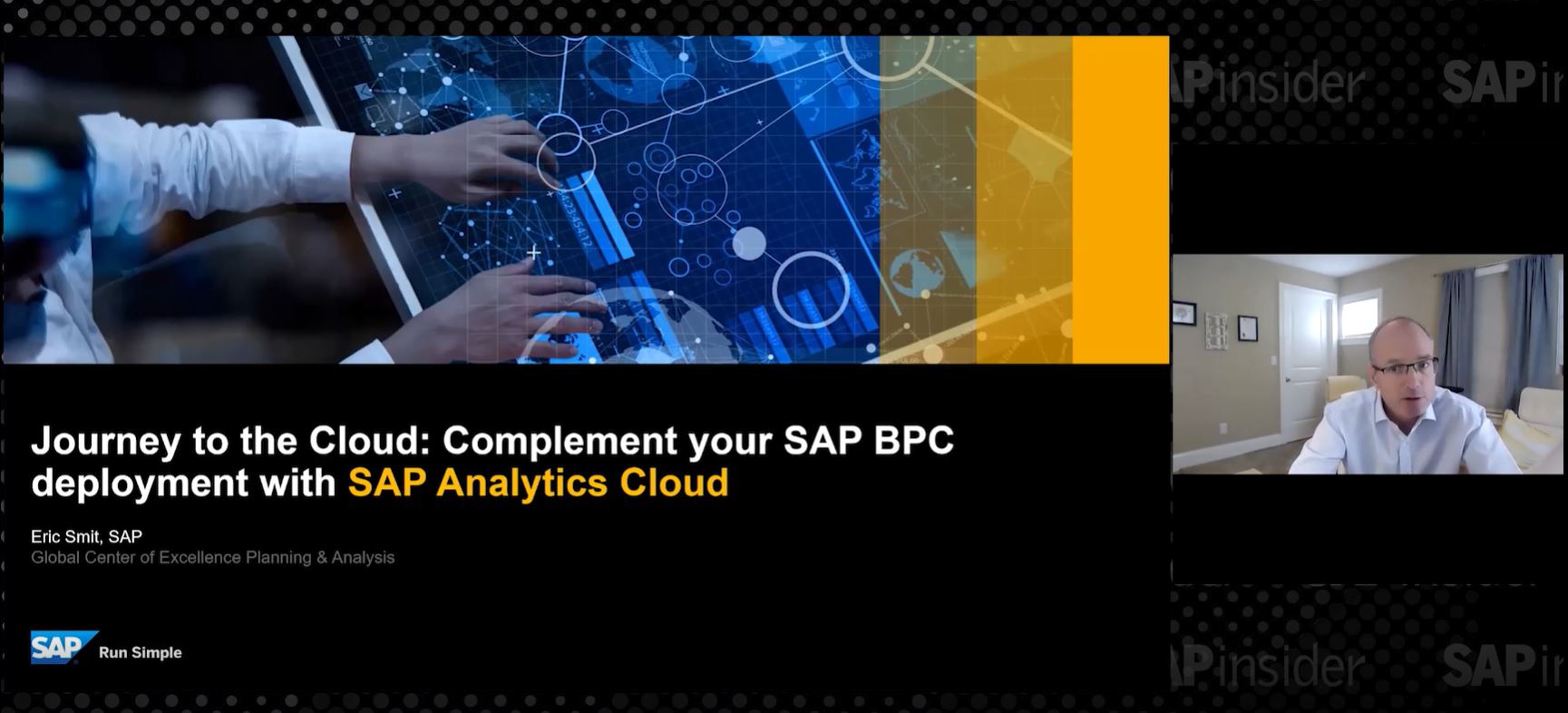SAP Analytics Cloud (SAC), like most best-of-breed analytics tools, provides users the ability to leverage advanced Machine Learning (ML) algorithms. While there are many applications of ML algorithms, predictive analytics remains a key one. In this blog, we will explore the smart predict functionality of SAP Analytics Cloud (SAC) and understand how expert, non-data scientist business users can leverage them to build predictive analytics models.
What Is Predictive Analytics?
A simplified explanation of predictive analytics is that it is a form of advanced analytics that helps make future predictions, based on historical data. Predictive analytics models do so by leveraging a combination of statistics, data mining, and ML algorithms.
Developing a Pool of Citizen Data Scientists Using SAP Analytics Cloud
A key challenge in many data science projects, even rudimentary ones, is establishing the knowledge exchange from business users to data scientists. Like most communication channels, there is often a communication leak, leading to models that do not deliver the desired results. What this generally leads to, are analytics models that do not align with business realities. By putting the power of modeling directly in the hands of business users, this loss of information is eliminated. These power business users are able to build models that align with business realities and yield results that are realistic and usable. This is what is generally referred to as creating “citizen-data scientists”. This aspect was highlighted as one of the prominent strategies in some of our recent research reports, like the Future of Business Intelligence benchmark report.
https://sapinsider.org/research-report/the-future-of-business-intelligence-benchmark-report/
And let us not forget the “trust in the model aspect here.” When the model is being built by the business users themselves, there is more trust in the model, and hence more probability of the model to be used for decision making. This is a critical element for building a true data-driven culture. Another important aspect to keep here in mind though is that this approach works for relatively basic predictive models only. The skills of data scientists are still necessary for developing some advanced analytics approaches.
How Does Smart Predict Help Create More “Citizen Data Scientists”?
By using the power of augmented analytics. Augmented analytics is a term assigned to a collection of features enabled by AI and ML, that perform some complicated tasks in order to allow users to perform some forms of advanced analytics they would not have been able to perform by themselves. Here are a couple of resources that you can leverage to gain depth in the topic of augmented analytics:
https://sapinsider.org/bring-the-power-of-machine-learning-directly-to-business-users/
https://sapinsider.org/make-smarter-business-decisions/
In our case, smart predict allows the users to build advanced models, including machine learning algorithms, with few simple clicks. As SAP likes to put it:
“The focus is on the business questions, not algorithms, which helps speed the prediction and recommendation process”.
The Simplified Overview of the Process Flow
Select the model algorithm: Right when you open a new predictive modeling scenario, you get the option to choose the appropriate algorithm. Three key options are available which are listed below and will be explored in detail in a subsequent blog:
- Classification
- Regression
- Time Series
You can select the model based on the business question that you are trying to answer. As example can be, will a particular customer default on a credit card payment? In a subsequent blog, I will share examples of business questions for each of the three algorithm types mentioned above. Once you chose an algorithm, the underlying augmented analytics functionalities will present to you an interface that you can use to:
- Select the underlying data source
- Select the variables in your data that you believe are relevant for your analysis
- Select the variable roles (like the variable that you want to predict (target variable) and the predictors, dates etc.)
Smart predict then trains on the selected data and builds a predictive model that aligns best with the underlying data, variables, and other parameters selected. Training, parameter setting, and optimization are all taken care of by smart predict. It will then present to users an output report, along with some form of performance indicator of the model. The performance indicator will vary by model type. For example, in the case of classification, it can be. confusion matrix, which helps you evaluate the performance of the model in terms of KPIs like accuracy, precision, etc.
Below are some useful resources you can refer to build additional depth:
https://www.sap.com/assetdetail/2020/12/38db8710-c27d-0010-87a3-c30de2ffd8ff.html
https://sapinsider.org/using-predictive-models-to-prepare-for-the-future/
https://sapinsider.org/articles/video-qa-with-eric-fenollosa-vp-sap-on-hybrid-analytics/
In the next article, we will explore which predictive planning algorithms are available in smart predict, with examples of scenarios in which they can be leveraged.









